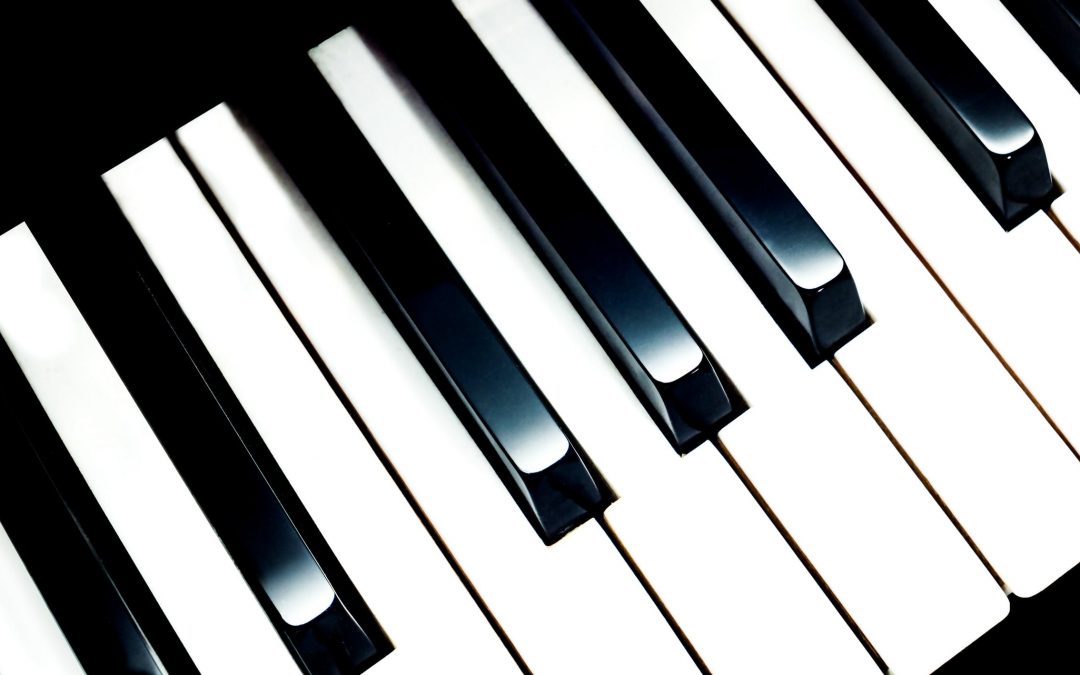Why do some Chords feel right – while others feel wrong?
Recent research has suggested that popular chords feel right for a reason and dissonance feels wrong for a reason.
Listen to artists like Joseph Collier who suggest that every note goes with every note which is the basis for his incredibly unique and complicated vocal harmonies… but also could be a reason why we do or don’t like certain types of music or certain songs based on the chords being used.
Scientists have been proposing that there may be a common feature – sonic similarities to the human voice
Neurologist Daniel Bowling of the University of Vienna suggests that our brains evolved to react to certain sounds. vocal sounds and musical sounds are harmonic using a set of frequencies – which means that tones can be blended into chords and some will match the frequencies of the human voice.
The study below asked test subjects to listen and rate how attractive they found chords played on a piano – turns out the similarity to voice chords matched up more than 8 out of 10 times
Perhaps that’s why the 4 Chord Song progressions work so well 🙂
If music be the food of love – play on!!
Link to the original research http://www.pnas.org/content/115/1/216
Vocal similarity predicts the relative attraction of musical chords
Significance
This connection between auditory aesthetics and a primary characteristic of vocalization adds to other evidence that tonal preferences arise from the biological advantages of social communication mediated by speech and language

